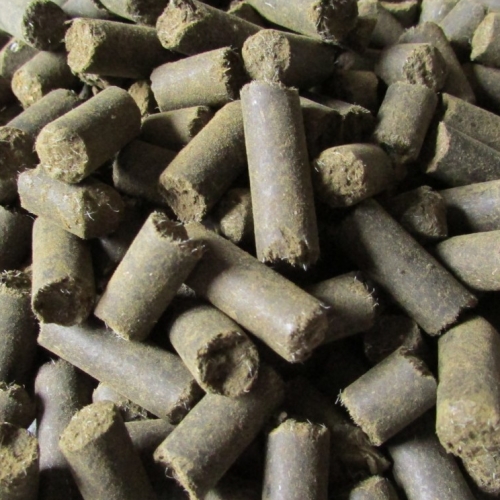Saturday 2nd August, 2025
Hi
Hi, Tracy here again, I'm filling in while Lloyd is occupied. He's enjoying his chance to get amongst the trees in the nursery as we reorganise all the freshly potted stock. I glanced at my car window this week and realised my WOF has expired. Whoops. I guess I am a bit slack at remembering things like that unless I get helpful email reminders. Gardening is a bit like that; people used to have garden calendars to remind them when to do certain tasks as they fell due. I don't own a calendar like that, but for me July is all about pruning, spraying and mulching the garden. It's a time to clean up and prepare the garden to wake from its winter slumber, since spring is just around the corner.
Potager garden this morning
With the fine weather last week I grabbed the chance to prune and spray my
Roses and
Fruit trees. Since we are on a modest town section we don't have a big selection of fruit... just two plums, a persimmon, two blueberries, several feijoas, some citrus and a big cherry guava. Pruning is something I enjoy, but I know it can be a bit daunting if you don't have a lot of experience. Where to start?
I like to say that there are three Golden Rules and the first one is: you start with the '3 Ds'. If you can remember those rules, you have got the basis for anything you want to prune. Those first 3 Ds are; Dead, Damaged or Diseased. These are the bits to cut off first and after that you know what you have to work with. For everything from roses to trees and shrubs, this is a good rule for all. In the damaged category I would include (and remove) anything that potentially could cross over another branch and cause a wound if they rub together in the future. Once you have that sussed, you can take a look at your plant and ask yourself "what is the end result I am looking for?". For a rose it's usually pretty easy - an open centre to allow air to circulate and horizontal growth to encourage flowering (especially
Climbing roses).
That's the second of the golden rules to pruning: the more sideways the growth, the better flowering and fruiting you will get. Those two rules cover most of what you need to know when pruning flowering and fruiting plants. So when thinking about your fruit tree - if it grows straight up, it probably won't produce much fruit. Knock the top off the blighter and you will be all gravy.
Oh yes, there is one third and final rule to remember: what age does the wood need to be for the plant to produce flowers on it? You might be thinking "isn't it all the same?" but I'm afraid not. A lot of the stonefruit, e.g.
Plums,
Cherries,
Nectarines and
Peaches, fruit on wood which grew last season, so if you cut this off you are effectively removing the buds of this year's fruit. It makes it a little difficult to keep your plant small.
Other fruit like
Apples and
Pears fruit on short spurs which are at least two years old. It's important to keep these little short growths as they will bear a lot of fruit for these pip fruit (spurs shown in first of the four images below).
A couple of weeks ago I talked about the tree we were choosing for a fenceline. We have chosen a
Braeburn for espaliering which is a nice eating apple but good to cook with too. Looking forward to planting it this weekend. You can find more information about pruning
here, and if you want to try espaliering, you will find some hints
here.
Hellebores
When the sun is out the bees are loving our colourful flowering
Winter rose (Helleborus) collection. The hellebores make an amazing display at this rather drab time of year and the variety is stunning. There are doubles in many colours from apricot to deepest purple including white some with spots, picotee (with a darker edge) and pure white. They make a great display under trees as they love the moist, humus rich soil in the shade that is found in these areas.
Lloyd has just pointed out that there are several different types of
hellebores and some of them prefer to be in a slightly drier shady area. This is because some of the 20 or so different species of hellebore grow with leaves on their stems and some grow leaves from the base. The different types result in some varieties now which have cool thickly spotted leaves.
Hannah's Blush,
Penny's Pink,
Sophies Delight,
Mollys White,
Moondance are all examples like this. The differences in leaf colour and form, as well as all the flower varieties, have come about by breeders mixing and matching different species. That is why we have such a huge range now.
New in this week
Everybody's favourite,
Asparagus, are in store this week. These little beauties require a dedicated bed where they can be left undisturbed. They also love organic matter which is the yummy dark material left when anything living (leaves, flowers, roots, sticks, worm pooh, beetles etc...) breaks down. Dig in
compost,
sheep pellets or well rotted leaf mulch to prepare your bed and make sure it is in a sunny well drained spot. You can find more information about planting and harvesting asparagus
here.
I'm sure I don't need to remind you to have a nice weekend, enjoying the garden or doing whatever else you have planned. If you are gardening, then maybe make some time for pruning your plants or preparing your asparagus bed, or planning some fabulous garden additions.
Have a great weekend.
Cheers from Lloyd, Tony and the Wairere team.
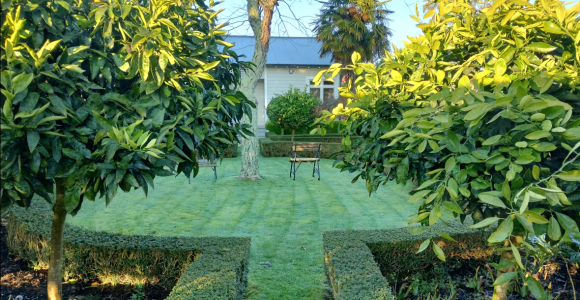
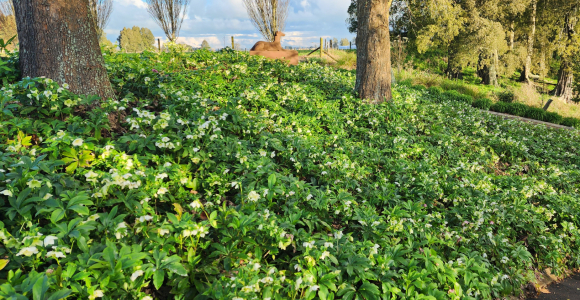
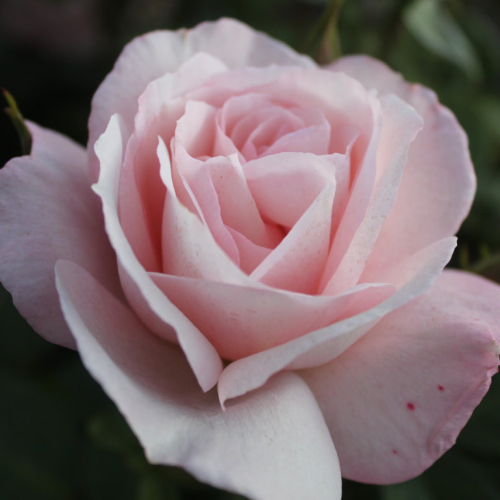
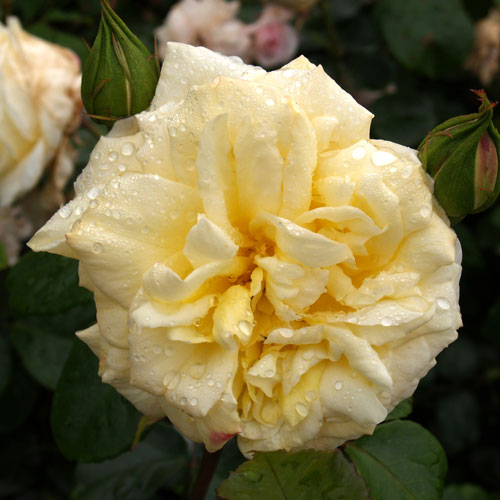
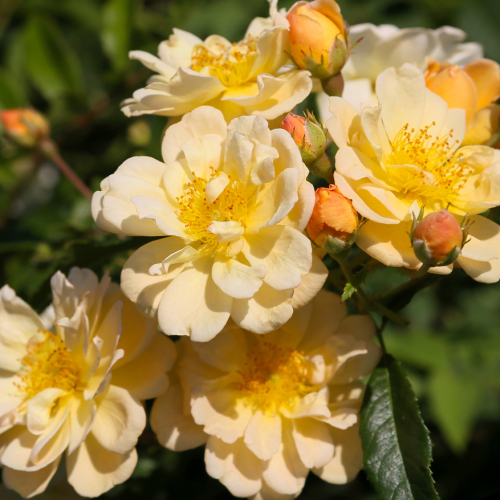
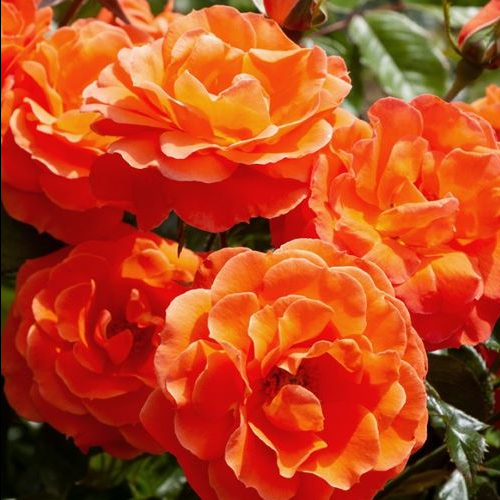
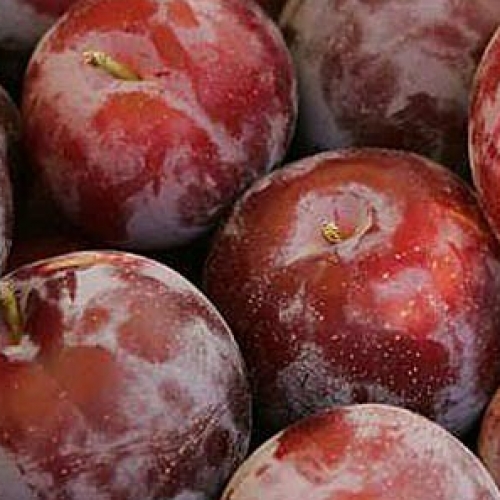
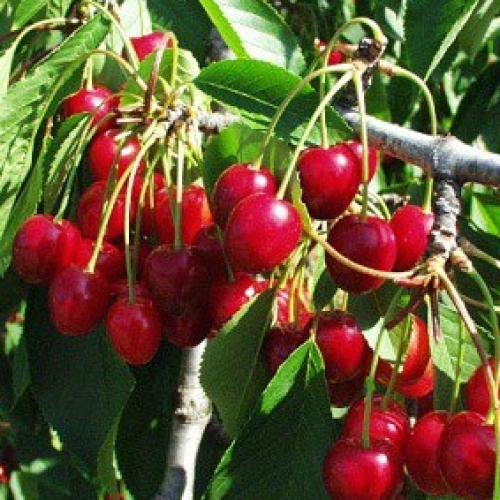
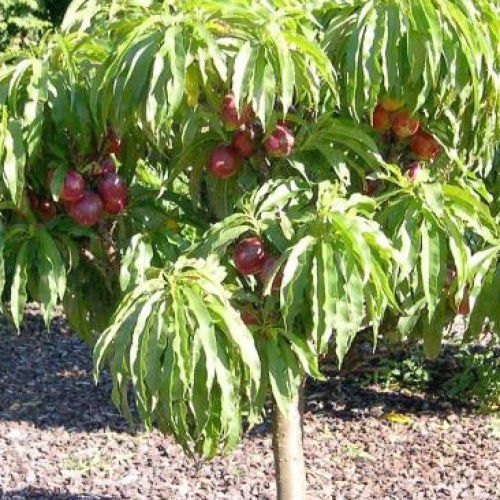
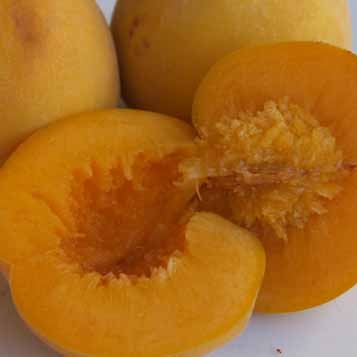
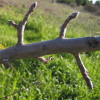
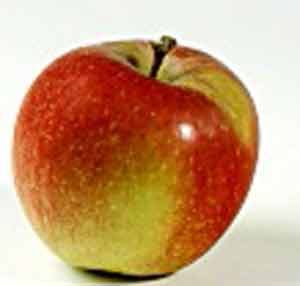
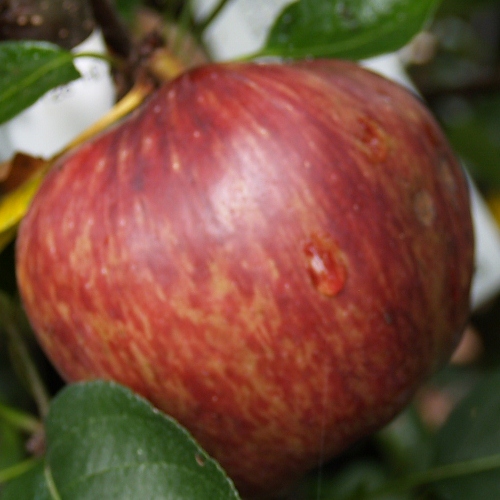
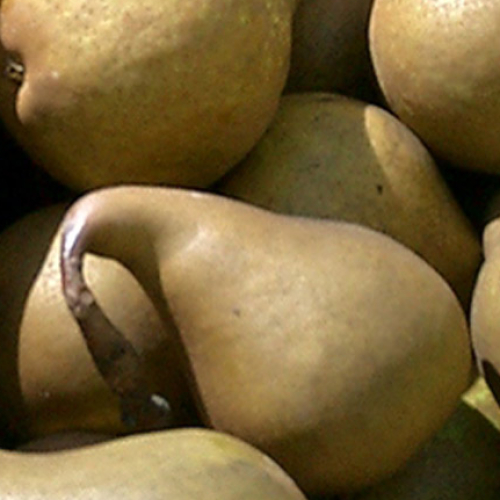
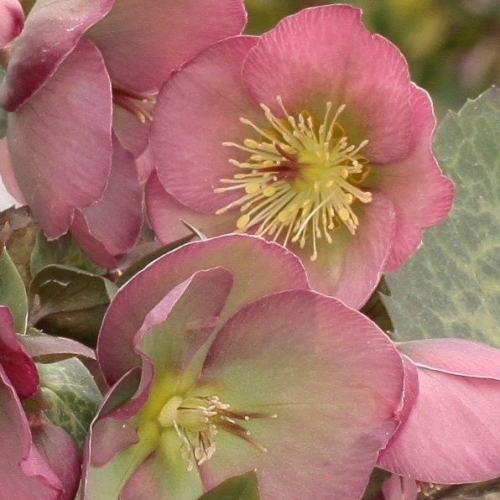
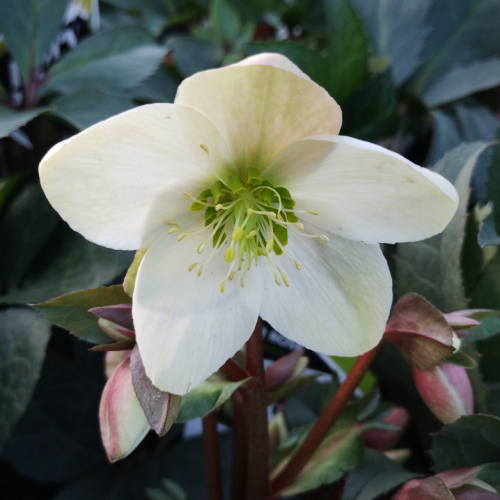
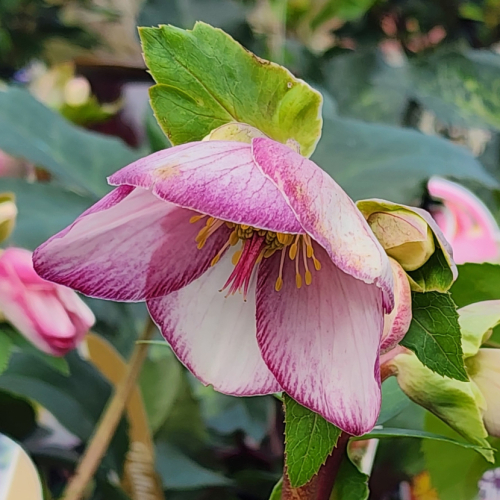
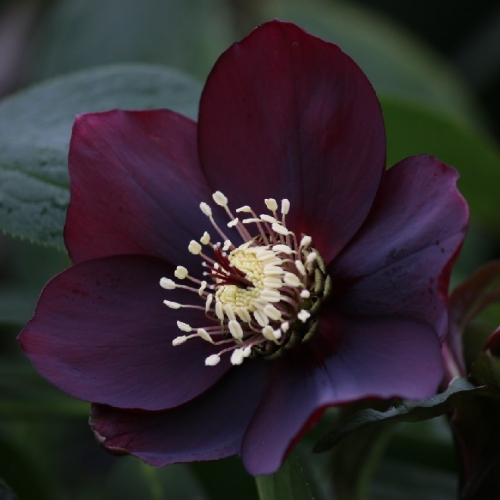
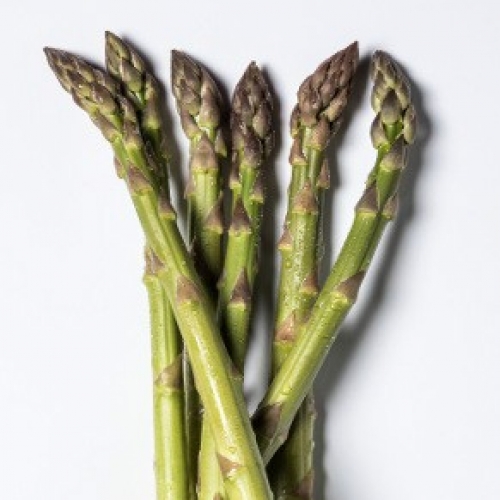
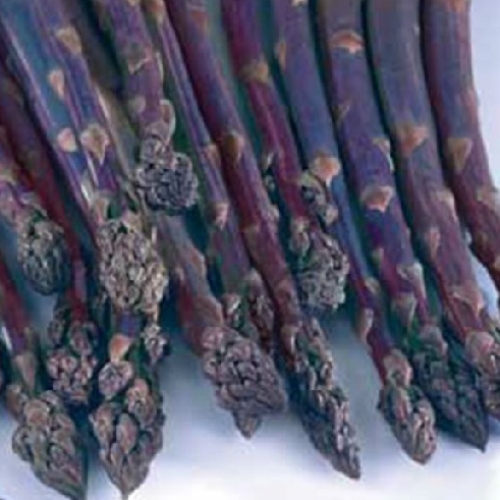
-Bag.jpg?t=1754016272)
